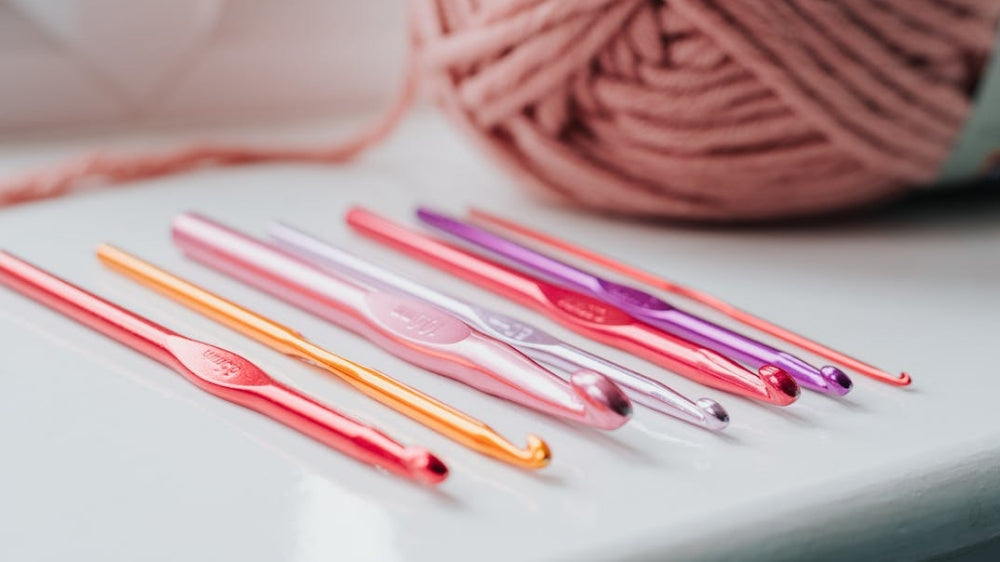Knitters Corner

All About Yarn
In simplest terms , yarn is strands of fibres , twisted together , for use in Knitting , weaving , crocheting , ropes , tufting , embroidery , sewing , etc etc
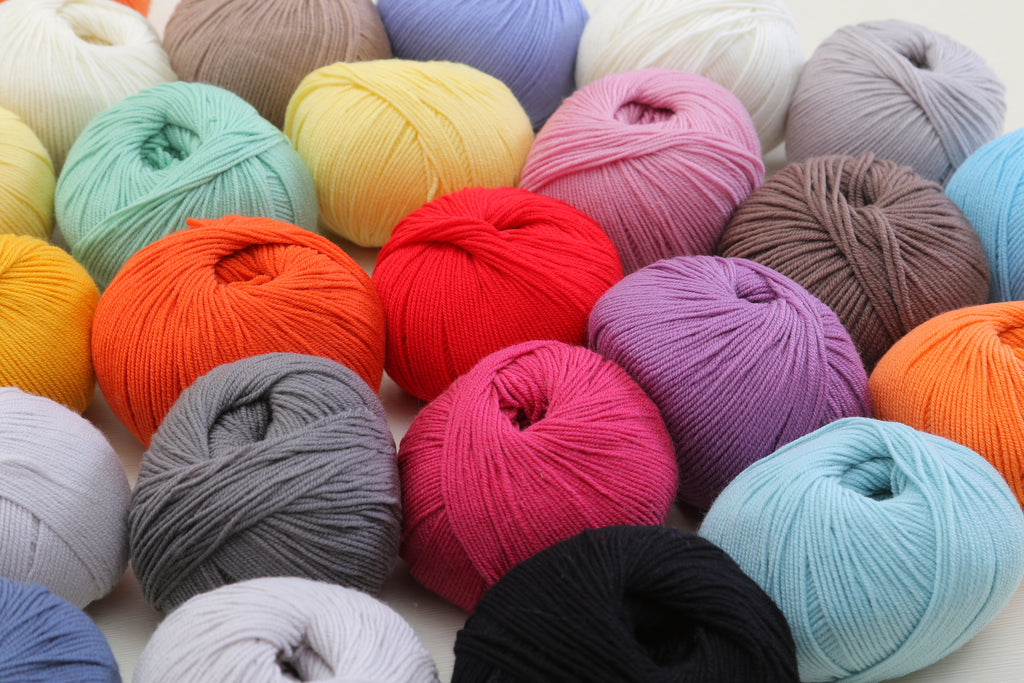
All About Wool
Since the existence of early man, who used to use raw hides with wool to protect himself, Humans have been washing, wearing wool since 10000 BCE.

Exploring the World of Fibers: A Look into Animal and Luxury Fibers
Step into the realm of animal and luxury fibers as we explore their origins, characteristics, and versatile applications. From the delicate allure of cashmere to the opulence of silk, these fibers bring unparalleled softness and elegance to any project.
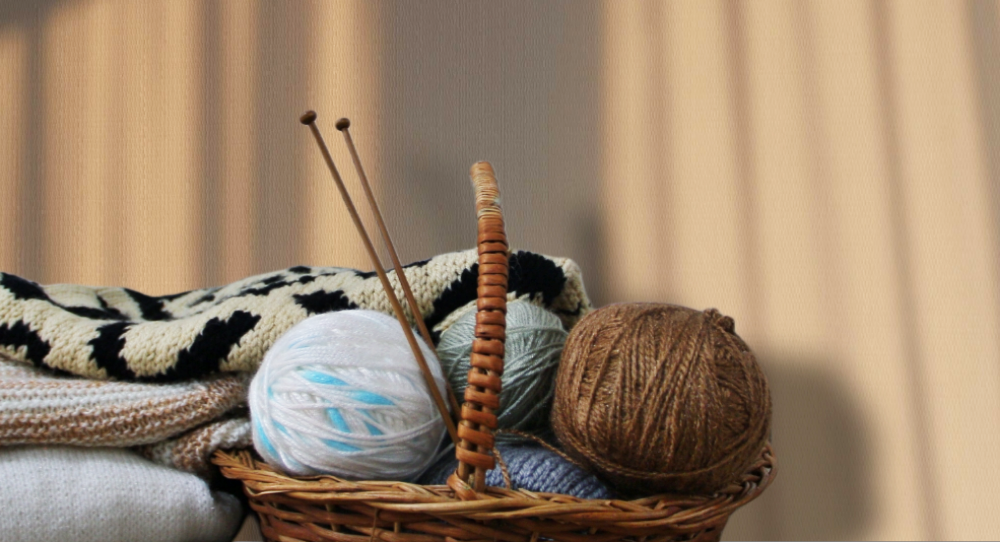
All About Acrylic
Acrylic yarn is made from Acrylic fibre / tow – which is a man made fibre basic derivative is acrylonitrile which is further made from crude oil . Acrylic fibre is available in various deniers ranging from 0.9 to 17 , most commonly used denier for Hand knitting yarns range from 2 to 6
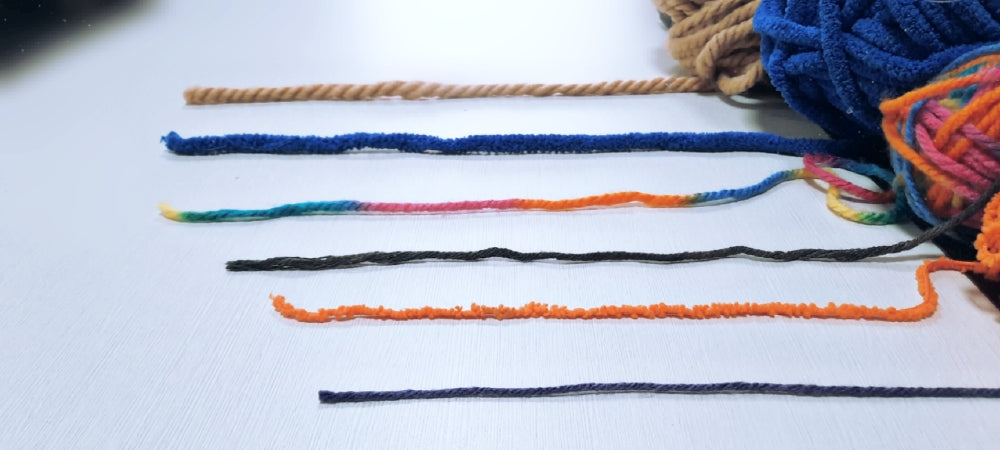
A Guide to Yarn Terminologies & Weights for Knitters and Crocheters
Yarn count refers to weight of the yarn in unit length, or length of the yarn in unit weight, in other terms how heavy or light the yarn is, (in simple terms thickness, though thickness also depends on the fibre and bulk of the yarn)
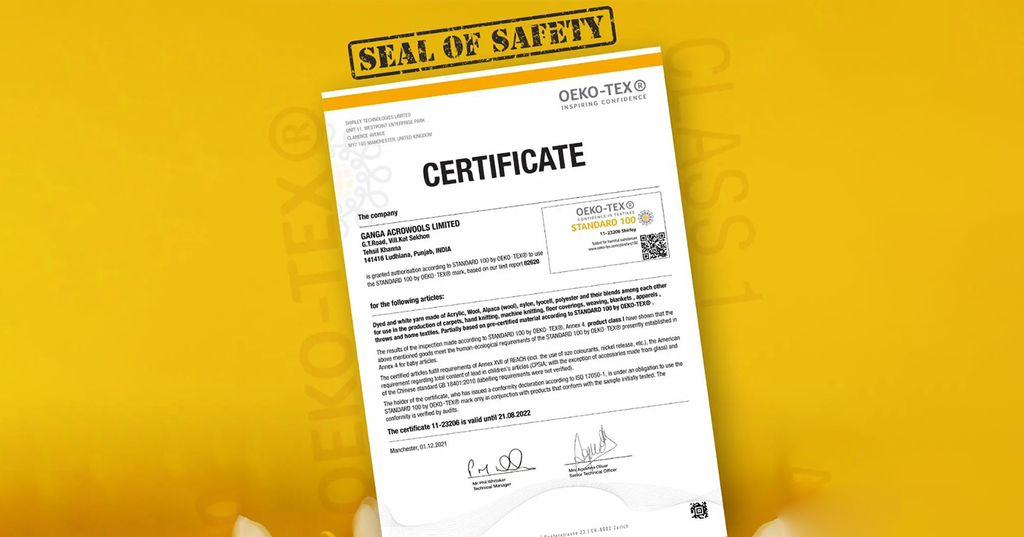
Ganga Acrowools - Seal of Safety
OEKO-TEX certifies products to comply with European Union regulations. It further certifies that certificate holder makes products without presence of any harmful substances and ensures environmental compliance.
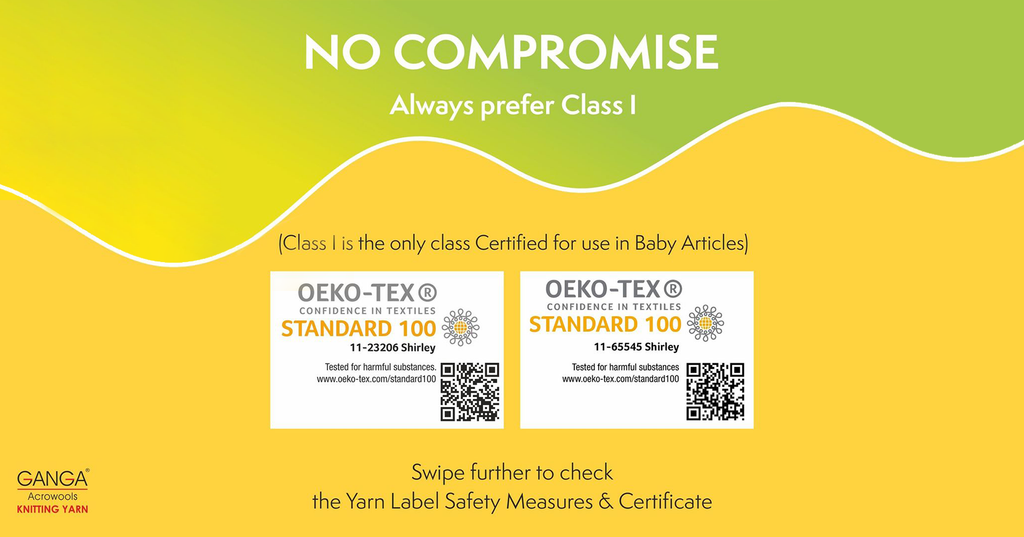
Did you know what is OEKO-TEX certification?
OEKO-TEX certifies products to comply with European Union regulations . It further certifies that certificate holder makes products without presence of any harmful substances and ensures environmental compliance.


